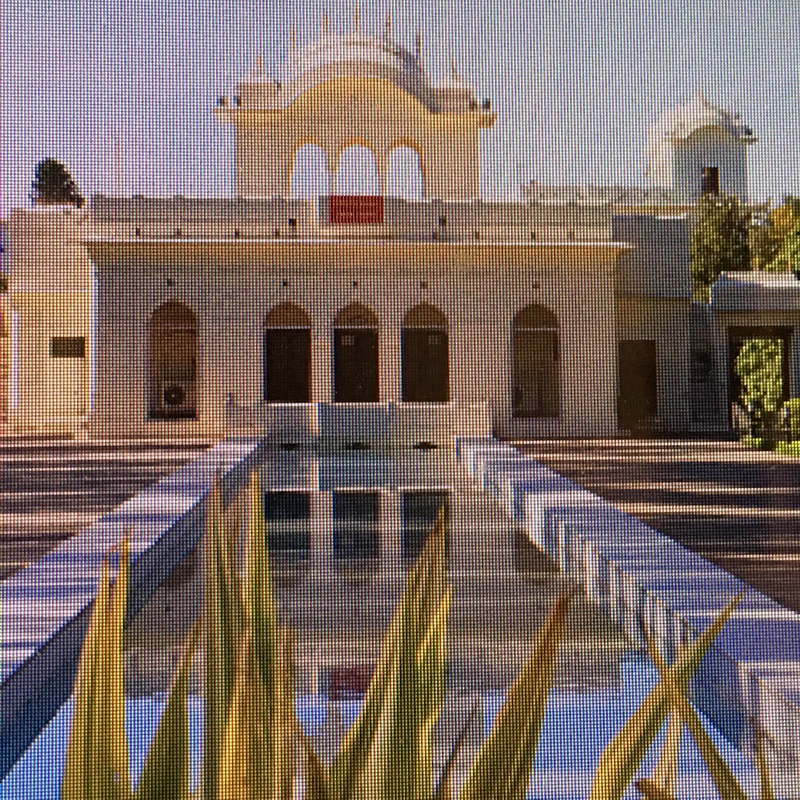Class 5 have just been on a special trip to Yadavindra Gardens in Pinjore – about 15 miles from Bright Sparks School. They admired the greenery of the gardens and the Moghul architecture of the palaces, all set in the Himalayan foothills. The gardens were built in the 17th century for the personal use of Aurangzeb, the sixth Mughal emperor (pictured here) who ruled over most of the Indian subcontinent for nearly 50 years.
The emperor’s foster brother, Fidai, was responsible for the long task of building the place and when it was complete he took his entire court there to rest and enjoy its beauty. An English writer, C.M. Villiers-Stuart who stayed in the Gardens describes how the local Rajas soon scared them away with a cunning ruse. They brought anyone from the surrounding area who suffered from the unsightly disease of goitre, to work in the gardens. The court ladies were told that goitre was caused by the local air and water, and would affect anyone who stayed there. Not surprisingly, everyone was suddenly very keen to leave. So the local Rajas were able to go on enjoying the lovely gardens in peace, and (perhaps more importantly) retain the produce from their own fields which might otherwise have been needed for the court.
But as a result of this myth, the gardens slowly fell into disrepair and became ‘lost’ and overgrown. They were eventually restored by the Maharaja Yadavindra Singh in the mid 1900s. Corbusier visited, and was influenced by their design in his plans for Chandigarh. These days, people can enjoy the terraces, palaces and pavilions, walled ‘purdah’ gardens, water features, lawns and palm trees. An annual mango festival takes place there. And school children can explore what is considered to be one of the ten greatest gardens in India.
Thank you for reading our blog adventures. You can sign up here to get new posts – roughly once a month.
A Happy New Year to everyone from Bright Sparks.



